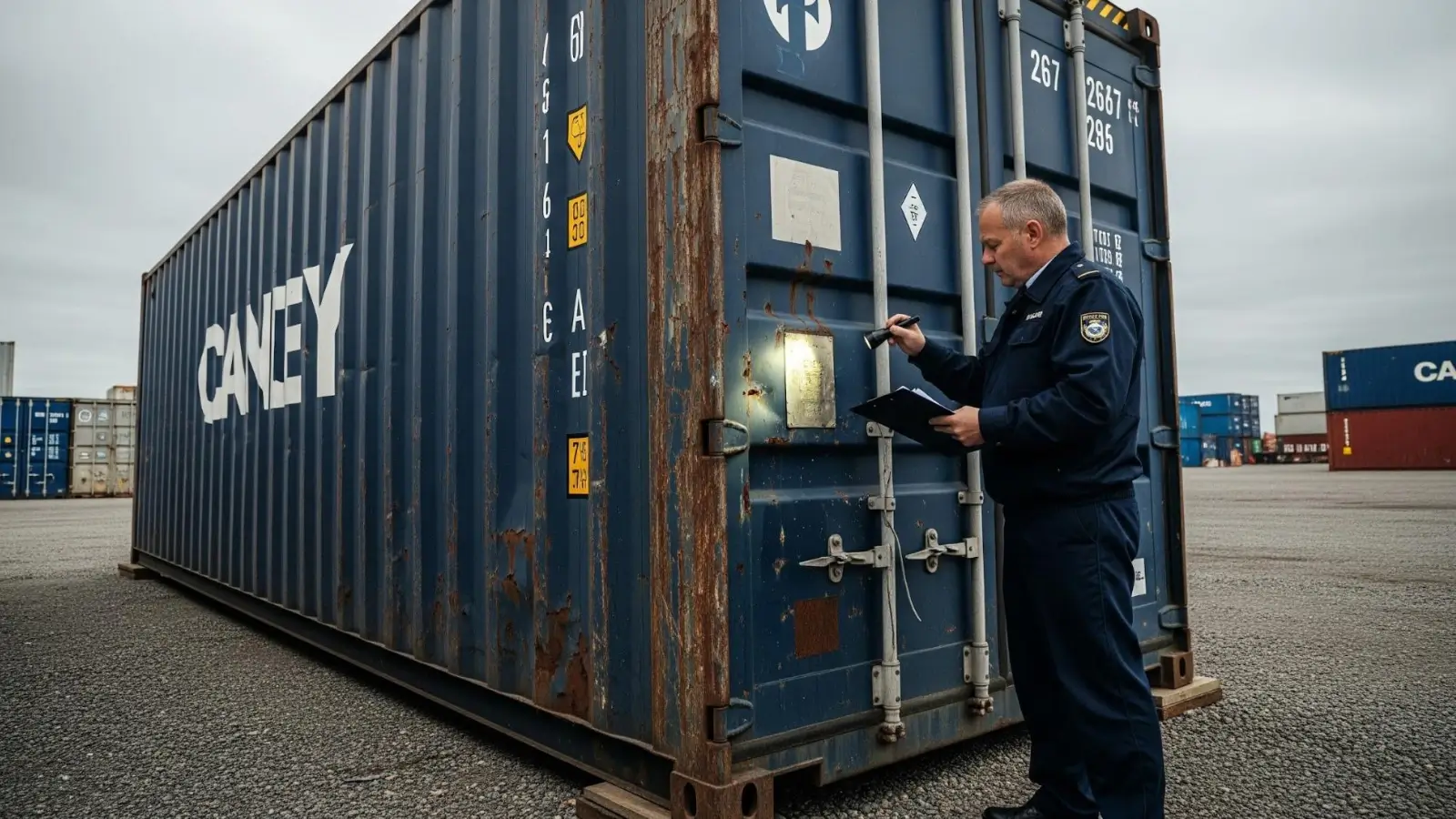


Learn how to inspect and choose containers that meet structural, legal, and functional requirements.
Used shipping containers are widely seen as a cost-effective option for storage, construction, or modular projects. Yet many Canadian buyers are surprised to learn that container condition, structural integrity, and even legal compliance can vary drastically between sellers. Without proper due diligence, the bargain you thought you were getting can quickly turn into a costly mistake.
This article explains the critical factors to check before you commit, helping you avoid unpleasant surprises and ensure your container is fit for purpose.
When searching for shipping containers for sale, you’ll see terms like “wind and watertight,” “cargo-worthy,” and “one-trip.” These labels can be confusing and are sometimes used inconsistently by sellers.
Wind and Watertight (WWT): Suitable for storage but may not meet transport certification standards.
Cargo-Worthy (CW): Certified for shipping and typically in better structural condition.
One-Trip: Essentially new containers used for a single shipment, often the highest quality but at a premium price.
Understanding these grades is crucial. A “WWT” unit might be fine for storing equipment on a job site but could leak or fail inspection if used for transport or modular construction. Ask for certification documents and photos to verify the condition matches the description.
Rust, bent corner posts, damaged floors, and warped door frames are common in used containers, even when advertised as “good condition.” These flaws can compromise security, weatherproofing, and load-bearing strength.
Inspect before you buy:
Request recent, timestamped photos of all sides, including the roof and floor.
Check for door alignment—warped doors can indicate frame damage.
Look for floor rot or chemical stains, which can be costly to remediate.
Confirm the container’s CSC plate if you plan to transport goods internationally.
Failing to identify these issues early can lead to repair costs exceeding the price difference between a low-grade and higher-grade container.
Depending on your location and intended use, there may be zoning, permitting, or compliance considerations for placing a container on your property.
For example:
Municipal codes may regulate container placement or appearance.
Fire or building codes may apply if the container is modified for office or residential use.
Transport certifications are mandatory if the container is used for shipping cargo.
Many buyers assume they can drop a container on site without any approvals, only to discover local bylaws or insurance requirements that complicate the process. Before you buy, check with your local municipality and confirm any certifications with the seller.
With rising demand for containers in Canada, scammers and unreliable sellers have become more common. Low prices and vague descriptions are often red flags.
To protect your investment:
Research the seller’s business registration and GST/HST number.
Request references or reviews from past clients.
Use traceable payment methods instead of wire transfers or cash.
Confirm that the seller will provide a bill of sale and, if applicable, transfer of the CSC plate.
Reliable suppliers will have transparent terms, clear photos, and consistent communication. For reference, reputable companies that specialize in Canadian container sourcing, such as this page on shipping containers for sale, show examples of how container grades and logistics details should be presented.
Even if a used container meets your immediate storage or construction needs, modifications such as adding windows, insulation, or ventilation will increase costs and timelines. Some structural conditions, like floor corrosion or frame damage, make modifications much more expensive.
If you’re planning to modify the container for specialized use, choose a structurally sound unit from the start. This reduces unexpected expenses and ensures compliance with building and safety codes.
Used shipping containers can be an excellent investment for storage, transport, or modular construction—but only if you know what you’re buying. By understanding container grades, verifying structural condition, checking legal requirements, and vetting sellers, you can avoid costly surprises and select a unit that meets your operational needs.
For more information about sourcing, logistics, and container specifications, visit this